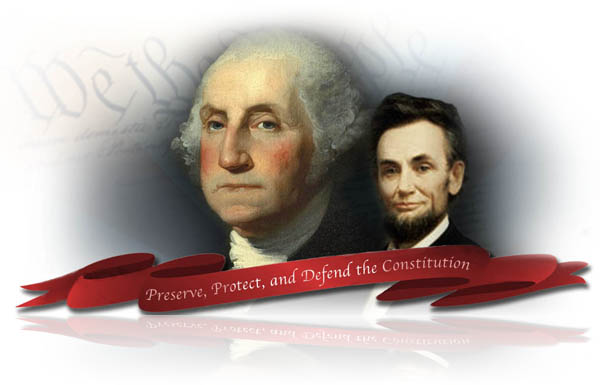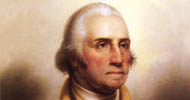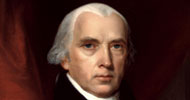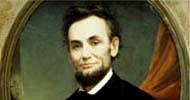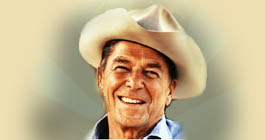Welcome to the Center for Civic Education's Presidents' Day page.
Teach your high school students about the constitutional legacy of George Washington, James Madison, Abraham Lincoln, and Ronald Reagan this Presidents' Day. These free, ready-to-use lessons will engage your students in learning about these important presidents and how they shaped the history and Constitution of our nation. Each lesson was written and reviewed by scholars and contains questions to test student knowledge. Elementary, middle, and high school students can learn the constitutional powers and limitations of the executive branch with our selection of classroom-proven lessons from our We the People: The Citizen & the Constitution student texts.

Executive Branch
The president of the United States is among the most powerful political figures in the world. In the international realm, the president speaks for the country and is the symbol of America. At home, the president suggests the policy agenda for Congress and is the leader of his or her political party. Americans look to the president for leadership, while at the same time fearing the concentration of political power in the executive branch. Each of these lessons introduces students to the executive branch and explore the ways that checks and balances limit presidential power. For grades 4–12.
[ ![]() Elementary Level ] [
Elementary Level ] [ ![]() Middle School Level ] [
Middle School Level ] [ ![]() High School Level ]
High School Level ]
This lesson looks at the legacy of George Washington, perhaps the most influential leader in the creation of the American nation. Through his achievements as commander-in-chief during the Revolution, in support of the drafting and ratification of the Constitution, and as first president, Washington was instrumental in transforming the ideals of the Revolution into reality. His career as soldier, revolutionary, constitution-maker, and chief executive of a new nation demanded a range of skills and talents with few precedents in history. For grades 10–12.
[Learn More]
This lesson examines the legacy of the "philosopher statesman," James Madison. Madison combined the intellectual knowledge and creativity of the scholar with the practical savvy of the politician, a man of strong principles who also realized the value of compromise. He was one of the principal architects of the constitutional and political institutions that continue to shape our nation's life today. In his ability to translate ideas into action Madison also exemplified what has become an important characteristic of American citizenship. For grades 10–12.
[Learn More]
This lesson traces the rise of Abraham Lincoln from his humble beginnings to the presidency of the United States. It also examines Lincoln’s ideas and decisions regarding slavery and the use of presidential power to preserve the Federal Union during the Civil War. For grades 10–12.
[Learn More]
This lesson examines the use of presidential powers by Ronald Reagan, the fortieth president of the United States. It explores Article II of the Constitution, which grants the president executive powers. Students will be able to explain and discuss how President Reagan exercised his authority under Article II of the Constitution concerning war powers, domestic policy, and foreign policy. They will be able to explain how the brevity and ambiguity of Article II allows presidents to interpret these powers, especially in relation to Congress. They will be able to evaluate and take positions on the constitutional issues raised by the exercise of these powers, drawing on specific examples from Ronald Reagan’s presidency. For grades 10–12.
[Learn More]

